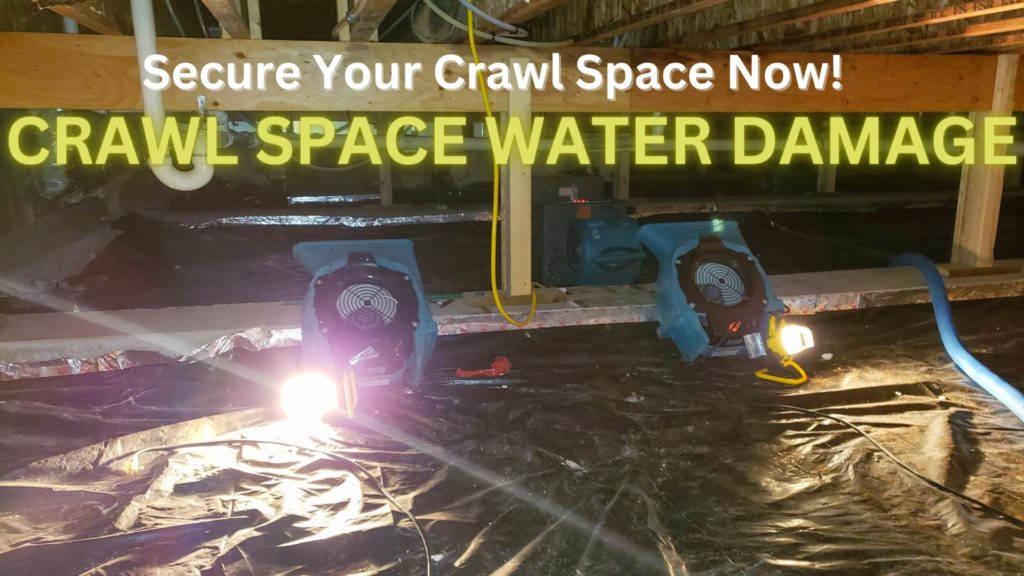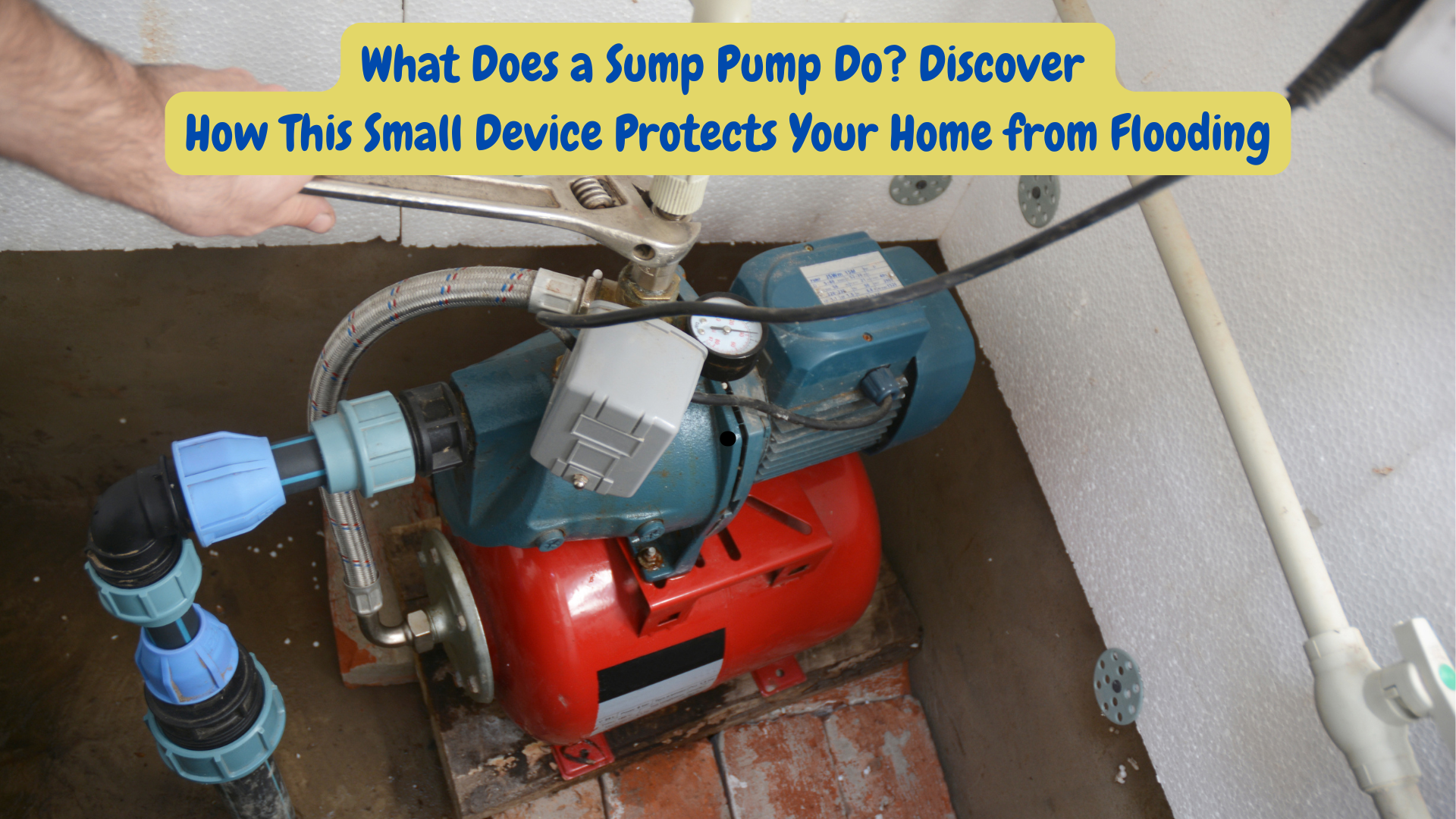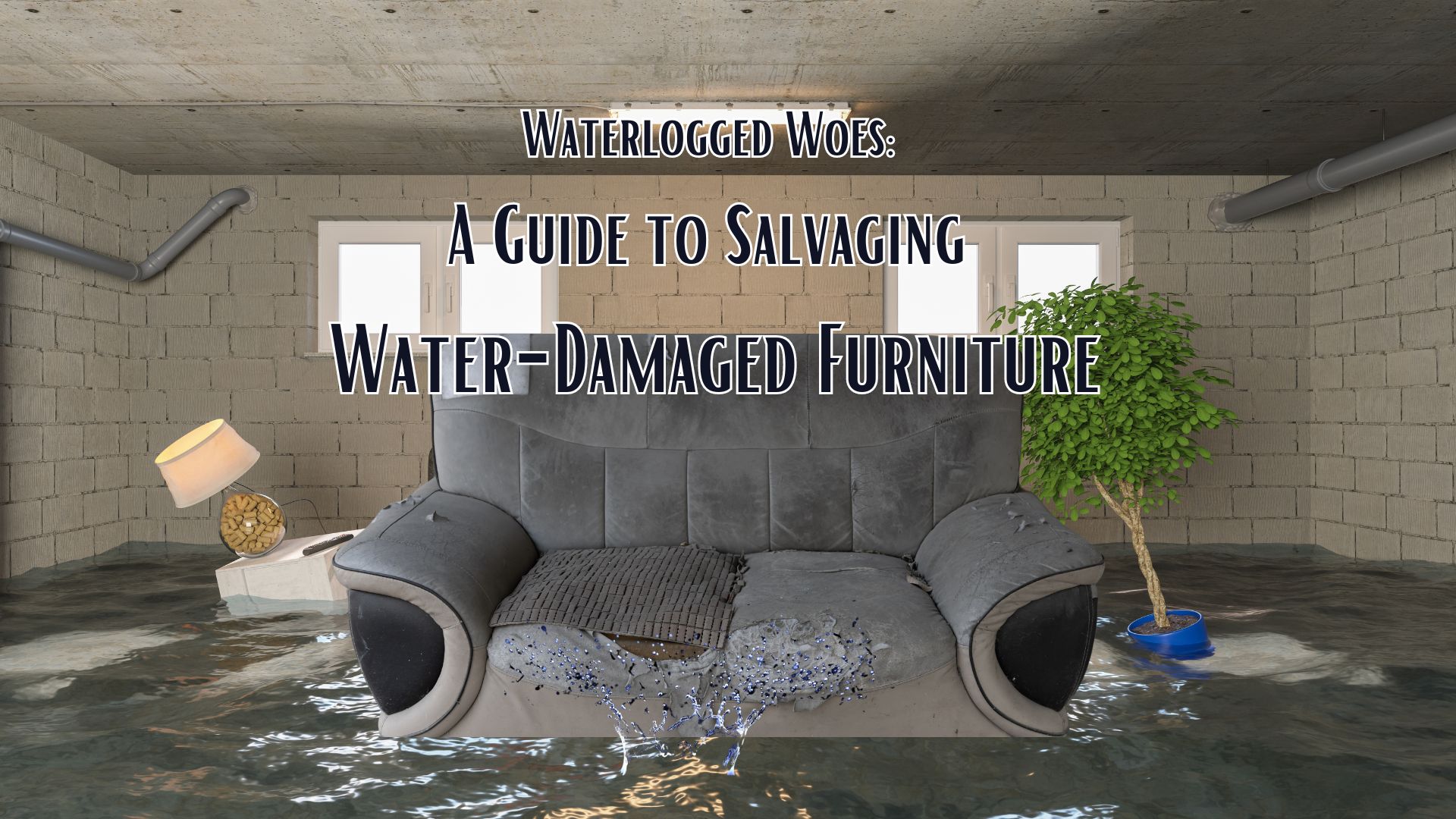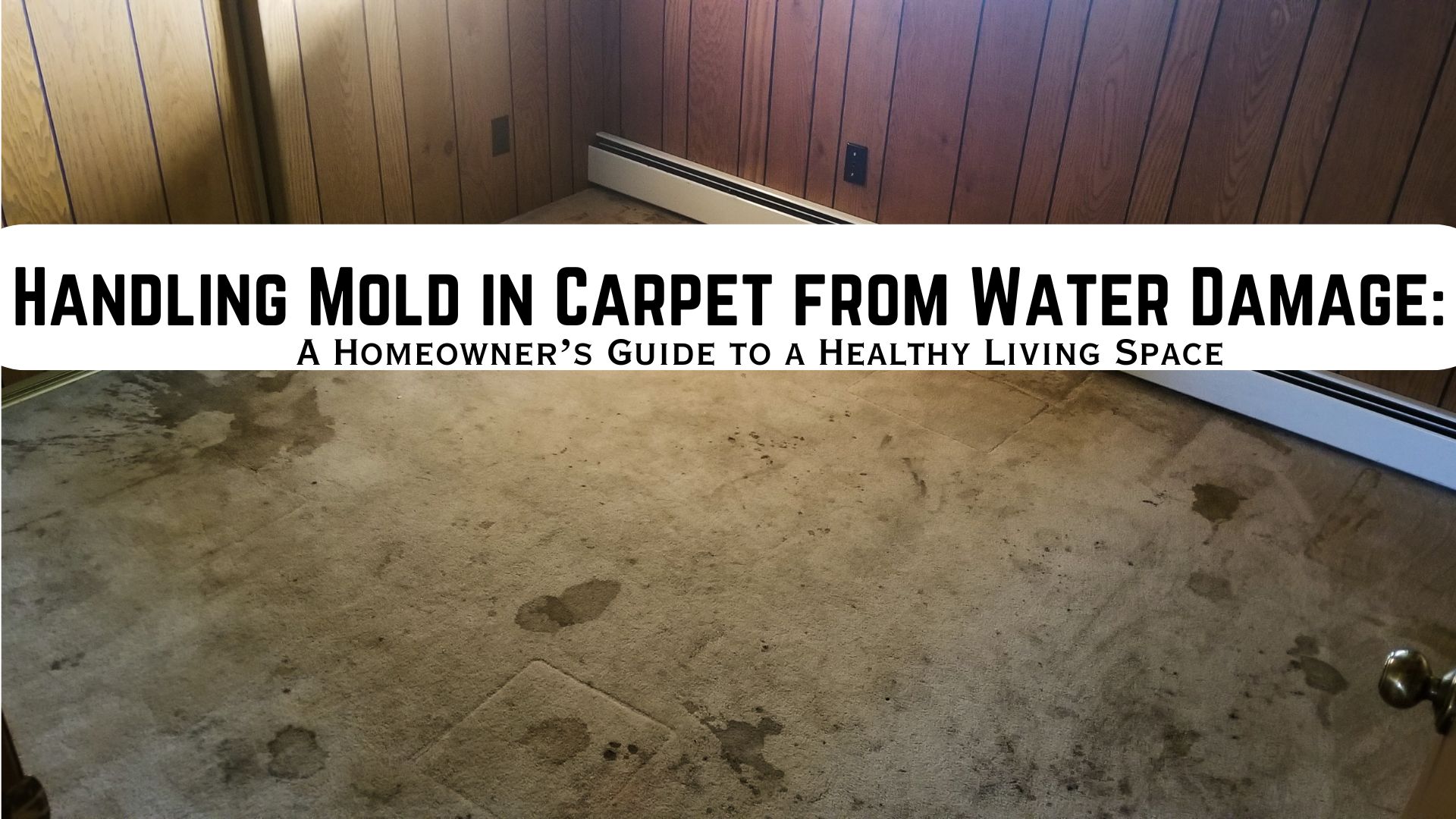
Crawl space moisture is a common problem in many homes, especially in flood-prone areas or after heavy rain. When the water level rises, surface water can easily find its way into the crawl space, leading to wet crawl spaces and water damage. The water can seep through the crawl space floor, saturating the soil around the foundation and causing damage to the structure of the house. In this article, we’ll take a closer look at crawl space water damage, its causes, effects, and solutions.
Water damage is not an easy thing to handle. It can cost you hundreds and thousands of repairs and could even affect your health condition. That is why protecting your home from any flood or standing water is really crucial.
Secure Your Crawl Space
Your crawl space is one of the areas in your home that is often overlooked, due to the thinking that this is not an important room of your house. Let us remind you that a crawl space is also a room for many important details of your home, such as electric wires and piping. It is also important for any maintenance and helps in promoting healthy air circulation in your home.
What Makes Water Get Into Your Crawl Space?
- Improper Grading on Your Property
There are several factors that can contribute to crawl space water damage. One of the primary causes is the soil around the foundation. When the soil is saturated, water can easily seep through and into the crawl space. This can happen due to heavy rain or poor drainage around the house. Surface water can also find its way into the crawl space if there are any cracks or holes in the foundation walls or floor.
Moreover, another is the improper grading or slope surrounding your home. If the land is not properly sloped, the tendency is, that groundwater or rainwater has its chance to enter the bottom part of your home, ruining its foundation, and will eventually travel to your crawl space, making it their home.
- Clogged Downspouts or Gutters
Gutters and downspouts are used to carry out water to the drainage, but if any of them are clogged, water will just travel at the base structure of your home. And, if a large quantity of water is collected, it will then penetrate your crawl space.
- Over-watering Your Plants and Shrubs
Aside from the fact that over-watering can kill your plants and shrubs, and when the grading system is also poor, over-watering your shrubs and plants could lead water to overflow into your crawlspace. In the end, you will just notice that you’ve got a pond in your crawl space.
- Broken or Leaking Water Lines
Your home is surrounded by different water lines. Wherever the location of the broken line is, water can flow down to the base part of your home, and will eventually live in your crawl space.
Solutions for Crawl Space Water Damage
If you have a wet crawl space, it’s important to take action to remove the water and keep your crawl space dry. One solution is to install a sump pump, which can remove water from the crawl space and prevent it from flooding. Another option is to install a vapor barrier, which can prevent moisture from seeping through the crawl space floor. You can also improve the drainage around your home to prevent surface water from entering the crawl space.
If you’re dealing with crawl space water damage, it’s important to act quickly to prevent further damage to your home. You can remove water from the crawl space using a wet/dry vacuum or by using a dehumidifier to reduce humidity levels. It’s also a good idea to contact a professional water damage restoration company to help you remove water and prevent mold growth.
Remember that your crawl space is an important part of your home. Thus keeping it in its operational state is vital. Crawl space water damage/ flooding can be prevented when certain measures are taken. Such as:
Outside of Your Crawl space
Make Sure Your Gutters and Downspouts are Working Properly
Your gutters and downspouts play an important role every time it rains. They are used to properly flow water away from your home and prevent water from damaging your foundation, ending up pooling around your crawl space. Make sure that they are both properly working and installed. Check and clean them at least once a month.
For a better drainage system, downspouts should be extended at least three feet from your home or you can bury downspout extensions six feet or deeper into the ground and cover it with topsoil.
Install A French Drainage System
French drains are one of the most effective ways of channeling standing water in the basement of your foundation to the street or a dry well. It may sound fancy, but in reality, it isn’t. Moreover, they are also useful for homes that are situated in a flat or oddly shaped lot, making water flow directly to your home.
Properly Grade Your Lawn
Proper grading is vital in keeping the drainage of water away from your house foundation. Aside from the fact that proper grading can prevent water from sitting in your crawl space, it can also prevent leaking, cracking your foundation, and rotten any wooden structure of your home. And, even prevent you from costly foundation repairs.
Ideally, the soil around your home should slope away at least three feet from your home.
Inside The Crawl Space
Install A Crawl Space Vapor Barrier
Though the vapor barrier doesn’t have anything to do with preventing the crawl space to get flooded, it works in controlling moisture issues in your crawl space. Addressing the issue is important in the mitigation process. It is something you can do with your own hands, but if you feel like you can’t do it effectively, you may ask professionals to do it properly.
Install A Sump Pump
Sump pumps are useful in removing accumulated water in your crawl space and even in your basement. They collect the groundwater that is pooling around the area and pump out the water away from it. This machine is really effective in preventing water damage in your crawl space, which is why it is important to make sure that it can function properly when in need. Moreover, use an alternative power supply and test it occasionally.
How Can Flooded Crawl Space Damage Your Home?
Below is the list of the downsides of a flooded crawl space.
- The water that pools in the crawl space can get contaminated and could cause a musty odor.
- A flooded crawl space can damage fiberglass insulation. When the humidity level is high, the moisture will drench the fiberglass and will eventually lose its capacity as insulation.
- Wet crawl spaces, together with moisture and darkness can attract insects and pests to live in your crawl space, infesting and rotting wood and other materials. This can cause additional damage.
Experiencing Crawl Space Water Damage? Seek Water Damage Professionals
Don’t take it for granted. Act fast. Ignoring the damage could not only result in severe water damage but could also lead to mold growth, which is really harmful to your health. Need help with the water damage recovery? Contact Superior Restoration Temecula.



